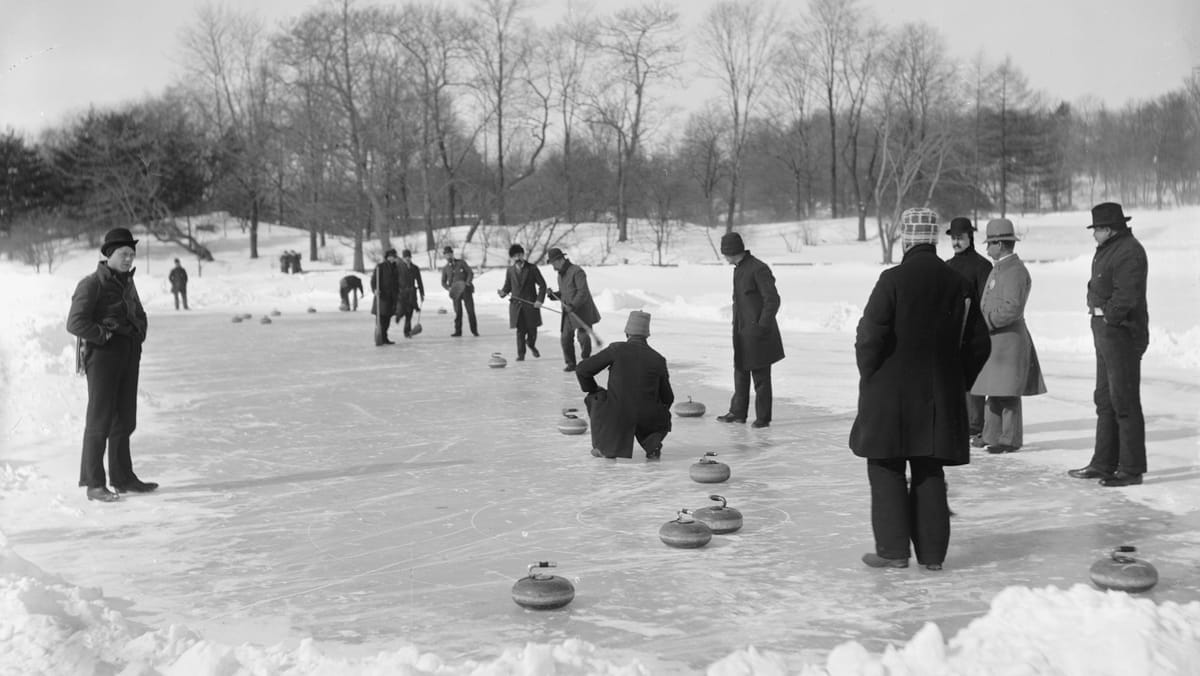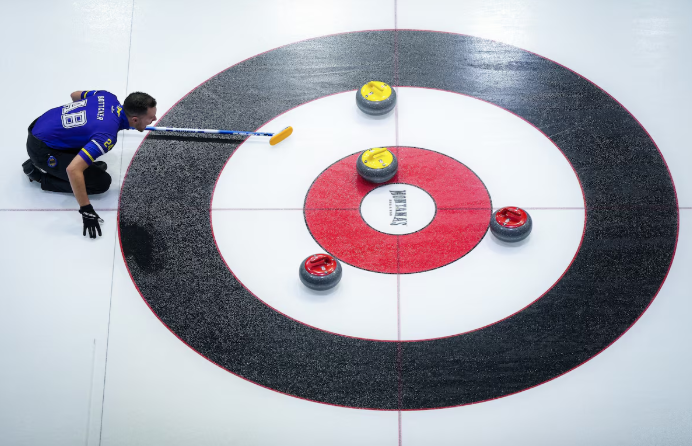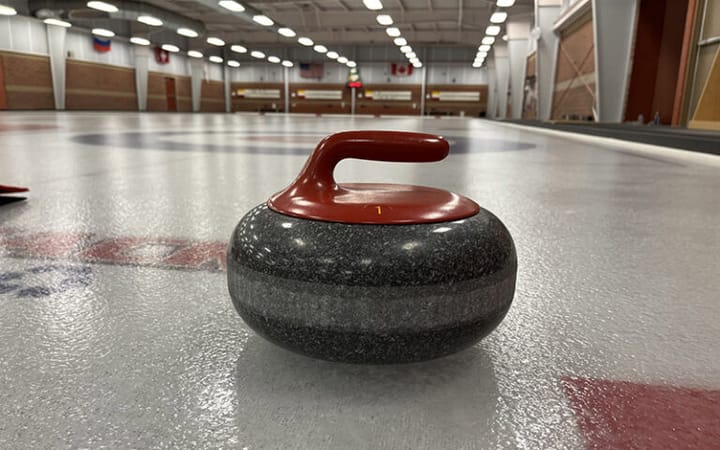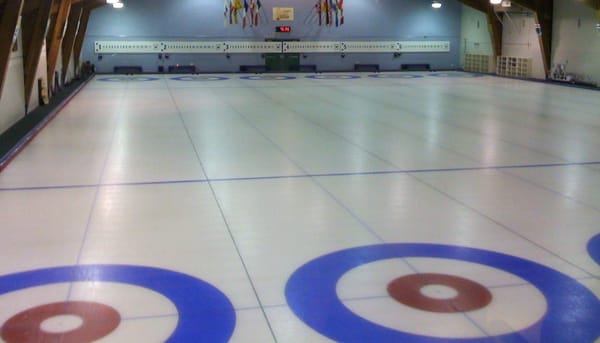The Evolution of the Curling Delivery: From Backswing to Balance

The evolution of the curling delivery, reflects a shift towards a more refined and controlled approach, emphasizing balance, finesse, and precision. We'll provide a comprehensive breakdown of this modern delivery, highlighting its key components and the rationale behind its adoption.
The Backswing Era: A Relic of the Past
The traditional curling delivery, commonly referred to as the backswing delivery, involved a more pronounced and dynamic movement, characterized by a lifting of the stone and a swinging motion backward before the forward slide. This technique, while effective for generating power, had several drawbacks, particularly in the context of modern ice conditions:
- Less Control and Consistency: The backswing delivery, reliant on large muscle groups and a more forceful approach, often resulted in inconsistencies in line and weight. The sources point out that this technique was less suited for the precise weight control demanded by contemporary fast ice.
- Impact on Line of Delivery: The sweeping arc of the backswing also introduced complexities in maintaining a straight line of delivery. As the stone moved back and then forward, it could deviate from the intended path, requiring adjustments and compensation.
- Limited Finesse: The backswing's emphasis on power made it less conducive to delicate shots, like draws and freezes, which require a softer touch and a greater degree of precision.
The Modern No-Lift Delivery: Balance, Tempo, and Release
The modern curling delivery, as described in the "CurlTech" source, is a no-lift, balanced, flat-footed delivery with tempo. This technique, designed for greater control and consistency, features several key elements:
- No-Lift: The stone is not lifted off the ice during the backswing, minimizing extraneous movement and promoting a smoother, more controlled motion.
- Balance: The curler's weight is centered over the sliding foot, ensuring stability and preventing lateral movement, which could disrupt the line of delivery. Maintaining balance throughout the delivery is emphasized as a fundamental principle.
- Tempo: The delivery follows a deliberate rhythm, often described as a "1-2-3" cadence, where each number corresponds to a specific phase of the motion: the forward press, the draw/step, and the slide. This rhythmic approach promotes consistency and allows the curler to develop a kinesthetic awareness of the movement.
- Release: The release of the stone is executed with a controlled rotation of the handle and a slight extension of the arm, ensuring the desired amount of spin is imparted to the stone while maintaining a straight line of delivery. The sources stress the importance of a "positive" release, where the rock moves away from the body with forward momentum and the handle rotation is smooth and deliberate.
The Rationale: Adapting to Faster Ice
The transition to the no-lift, balanced delivery is largely attributed to the evolution of ice conditions in curling. As ice-making technology advanced, curling sheets became faster, demanding a higher level of precision in weight control. The backswing delivery, with its inherent power and momentum, was less suited for these conditions, often resulting in rocks travelling too far. The modern delivery, emphasizing finesse and control, allows curlers to consistently deliver rocks with the precise weight required for success on these faster surfaces.
Advantages of the Modern Delivery
- Improved Weight Control: The focus on balance, tempo, and a controlled release enables curlers to dial in the precise weight required for a given shot, crucial on fast ice where even slight variations can have significant consequences.
- Enhanced Line Consistency: The stable base provided by the balanced stance and the emphasis on a straight line of delivery improve the curler's ability to hit the intended target consistently.
- Greater Finesse: The smoother, less forceful motion allows for greater control over the rock's speed and rotation, making it easier to execute delicate shots like draws and freezes.
- Reduced Fatigue and Stress: The elimination of the lift and the adoption of a more fluid motion minimizes stress on the body, reducing fatigue and promoting longevity.
Beyond the Basics: Advanced Considerations
While the modern delivery is generally considered the standard, the sources also acknowledge scenarios where modifications or adaptations might be beneficial.
- Backswing for Power Shots: The "CurlTech" source concedes that in situations requiring extreme power, like clearing multiple rocks or executing forceful takeouts, a modified backswing can be employed to generate the necessary momentum. However, this is presented as an exception, not the rule, and is recommended only for experienced curlers with a strong grasp of the fundamentals.
- Uni-Hack for No-Lift Curlers: The source introduces the concept of a uni-hack, a single hack designed for both right- and left-handed curlers using the no-lift delivery. This innovation aims to address the limitations of traditional hacks, which were designed with backswing deliveries in mind.
The Curling Delivery: A Continuous Evolution
The evolution of the curling delivery, from the dynamic backswing to the refined no-lift technique, illustrates the sport's continuous adaptation to advancements in technology and changes in playing conditions. The modern delivery, with its emphasis on balance, tempo, and a controlled release, has become the gold standard, empowering curlers to achieve greater precision, consistency, and finesse on the ice.



